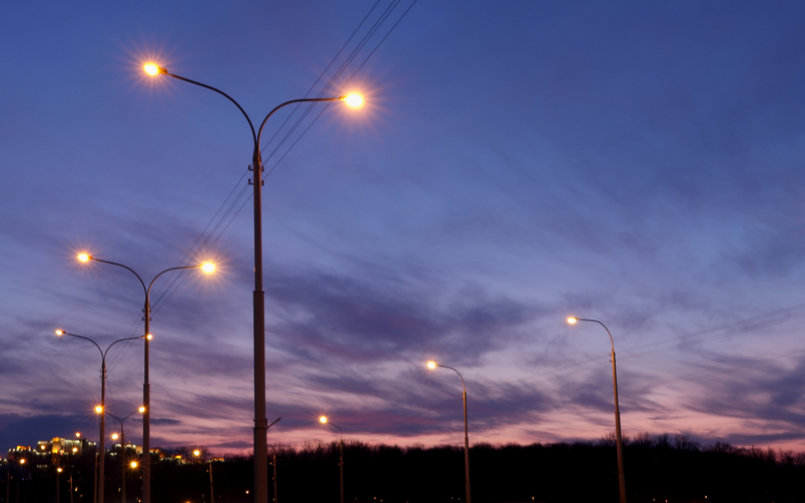TerraCast® Post Covers and Light Pole Bases both offer an effective way to spruce up and prolong the life of existing light poles. Our unique Post Covers are made to slip over the entire pole, while the Light Pole Base is designed to fit around the bottom, or base, of the pole.
There are two key reasons why we highly recommend adding a Post Cover and/or a Light Pole Base. First of all, it enhances the appearance of the pole by providing a like-new finish. Secondly, our unique resin-blend offers unsurpassed protection against the elements, thus helping your poles last longer. While they can’t reverse existing damages, they can help prevent future damages by keeping destructive elements out.
Post Cover vs. Light Pole Base
So, what are the key differences between a Light Pole Base and a Post Cover? Read on to learn what each unique option offers.
What is a TerraCast® Light Pole Base?
Our Light Pole Base easily attaches to the bottom of existing light poles by snapping around the outside of the pole (clamshell style) or dropping over the top (drop-over style).
The Clamshell style is similar to a clamshell in that it hinges open and fits around the outside of the pole, securing shut with a threaded locking mechanism.
The Drop-over style base is one solid piece that drops down over the pole. First, you’ll need to remove the luminaire light fixture, or whatever topper is on the pole. Then, it will drop over the top and secure into place.
Both the clamshell and drop-over option fit standard poles that measure 3 or 5 inches in diameter. The Light Pole Base is a popular option because the base of a light pole is typically the first place you start to see signs of damages. By adding a base cover, you lock out moisture, dog urine, and other corrosive elements. Plus, the look of the pole is automatically enhanced. Therefore, it looks newer, and will last longer.
A Light Pole Base is ideal if:
- The base of a pole is showing signs of wear and tear, is chipped or corroded
- The pole is located in an area exposed to moisture, dog urine, or high salinity levels.
- It is prone to impact damage—say for instance golf carts regularly frequent the area and bump into the bottom of the post. Or, it’s sitting in grass where weed whackers may accidentally knock the bottom of the pole.
Learn more about TerraCast® Light Pole Base
What is a TerraCast® Post Cover?
Sometimes, the damage extends beyond the base of the fixture and impacts the entire pole. Post covers are similar to post bases as they fit around the outside of the existing structure providing an aesthetic enhancement as well as a protective barrier against the elements.
The Post cover is an outer shell made from the same outer materials as our PolySteel® classic lampposts. It is conveniently made into a resin sleeve that slips over the top of a standard size pole measuring 3 inches in diameter. It measures 10 feet long, but the cover can be cut to fit a variety of pole heights. Simply measure the post cover against your existing pole, mark it and cut it to size.
To add the Post Cover, remove the topper (luminaire, sign, etc.) and slip the cover over the top of the pole. Replace the topper, and that’s it!
The Post Cover is ideal if:
- An existing pole is showing signs of corrosion or damages that exceed past the base.
- The pole is made of metal, or some other material prone to corrosion when exposed to moisture, salinity, etc.
Learn more about TerraCast® Post Cover
Metal bases and poles are very common, as are concrete or cement poles; whilst popular, these options don’t hold up that great over time. That’s because classic light pole materials are highly susceptible to moisture damage; they rust, corrode, and break down. The base of a pole is the most prone to damages, serving as a point of entry for moisture to get inside and start damaging it. Our bases work great to eliminate additional water damage by removing entry points.

